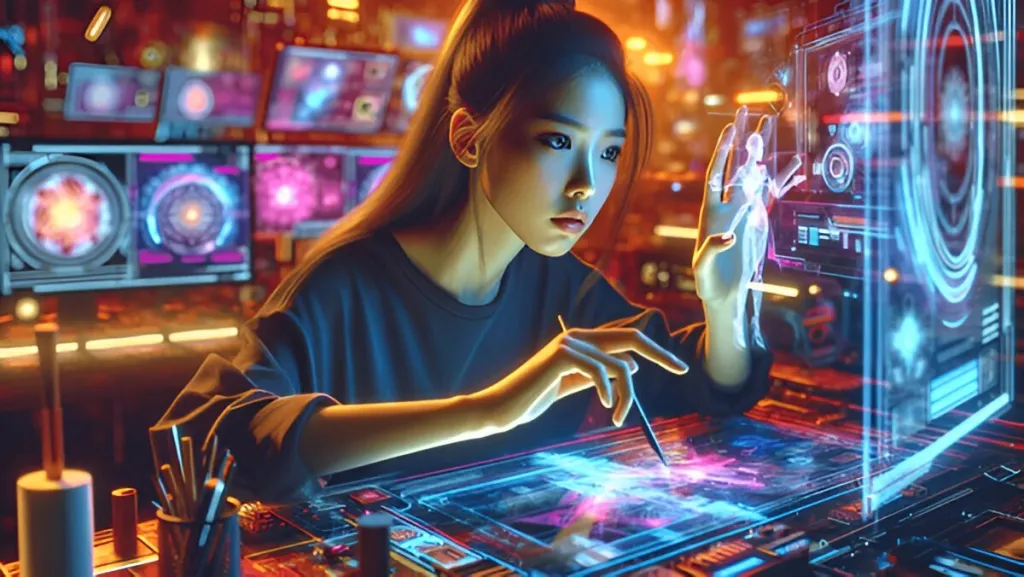The Best AI Image Generators of 2025: Which One Should You Use?
 Date: 06/08/2025
Date: 06/08/2025
AI image generators have gone from being futuristic novelties to essential creative tools, shaping everything from professional design to casual content creation. With just a single prompt, anyone can now produce stunning visuals—whether that’s a realistic photograph, a dreamy painting, or a wild sci-fi concept. But with so many services flooding the market in 2025, how do you know which one is right for you?
Over the past several months, CNET reviewers put some of the biggest names in AI image generation to the test, creating hundreds of images across different styles and use cases. Their verdict: while no tool is perfect, each offers its own strengths, quirks, and limitations.
Leading the pack is DALL·E 3 by OpenAI, which stands out for its ability to handle complex and highly specific prompts. Its conversational style allows users to refine images effortlessly, making it a top choice for both beginners and professionals. However, even with its vivid imagery and customization features, it can sometimes struggle with lifelike realism, especially in photorealistic faces.
For those seeking power without a price tag, Leonardo AI emerges as the best free option. Its fast generation speeds and helpful prompt-improvement tools make it ideal for hobbyists and creatives on a budget, though post-generation editing is reserved for paying users. Meanwhile, Adobe Firefly has become the go-to for professionals, integrating seamlessly with Photoshop and other Creative Cloud apps. Built on Adobe’s licensed stock library, Firefly not only ensures high-quality artistic output but also avoids training on user content—a growing concern in the AI space.
If you’re new to AI art, Canva’s Magic Media offers the easiest learning curve. Designed for accessibility, it excels at creating fun, whimsical images and ties neatly into Canva’s broader design platform. And for advanced users seeking maximum control, Stable Diffusion remains the most flexible option. As an open-source model, it enables detailed customization and complex editing, though its fragmented access points and technical requirements mean it’s not for everyone.
Despite their advancements, all AI image generators share one truth: they’re still learning. Hallucinations—like extra fingers or distorted objects—are common, and prompt crafting often requires trial and error. Privacy, too, is a critical consideration, with policies varying widely between platforms. Tools like Canva and Adobe promise not to train on user content, while others, like OpenAI, allow you to opt out of model training.
The rapid evolution of AI art tools reflects a broader trend: creative control is no longer limited to those with technical expertise. Whether you’re a marketer, designer, storyteller, or just someone exploring digital art for fun, there’s now an AI generator tailored to your needs. And as 2025 progresses, these tools are only becoming faster, smarter, and more aligned with human creativity.
In other words, the future of visual storytelling is here—and it’s powered by AI.












.jpg)





.jpg)
.jpg)

